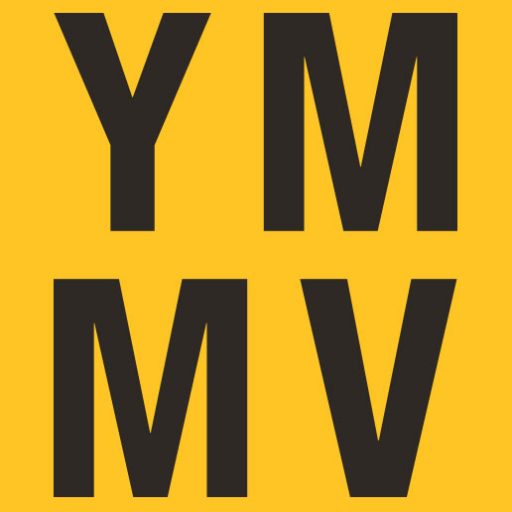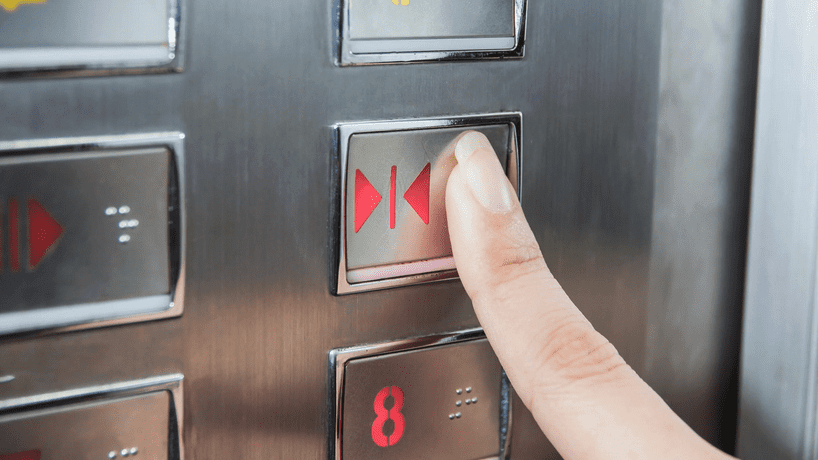It’s probably happened to you more often than you even know. You get in the elevator of your hotel (Or office building. Or whatever), and there’s nobody else running to share the ride with you. So you decide to save yourself some time and hit the “Door Close” button.
Chances are excellent that the door didn’t close when you hit the button. So then you stand there. Two seconds. Three seconds. Maybe even more. Meanwhile, the longer you stand there, waiting for the door to close as you told it to, the more [frustrated, confused, unsuccessful, dissatisfied, curious – unpack your adjectives and pick your favorite] you become.
Here’s a little secret for the next time you’re in this situation – chances are excellent that the “Door Close” button doesn’t work. Like, at all. Chances are excellent that it was shut off years, if not decades ago.
They used to work
Until about 35ish years ago, those “Door Close” buttons used to work. But when the Americans With Disabilities Act was passed in 1990, certain requirements for passenger elevators were outlined. They included, but were not limited to:
- how much space must be clear in front of the elevator
- how high the elevator buttons were allowed to be, and how tall each number/sign must be
- raised buttons and braille numbers and words
- visual/audible signals for certain elevator functions (including the frequency of the signals)
- specifications for call controls
- Minimum dimensions for elevator cars and entryways so they could accommodate wheelchairs
So while you can press that “Close Door” button all you want, chances are good it won’t work – they’re still going to stay open for at least 3 seconds since the last time the door became fully open (or reopened when someone came in while the doors were closing).
Why still have the “Close Door” button if it usually doesn’t work?
Essentially, it’s a placebo. Perceived control. If you think you have control of when the elevator door will close, you’ll supposedly be more satisfied, have less stress, etc. Same as when you press the “Cross The Street” button at a crosswalk (yeah, we’ll get to THAT in a different post).
Five Fun Facts!
According to code, fire and potentially other emergency personnel have ways to access the “Door Close” so it’ll work for emergency use, regardless of ADA requirements.
A friend of mine, Kristine S., who worked on the Disney Dream cruise ship a couple of years ago, shared this story the other day:
Just after the pandemic, when we were all coming back, they activated the door close button in the crew elevators (backstage) because only 4 people were allowed in an elevator and had to stand in each corner for social distancing. When the 4th person entered, they had to press the “Close Door” button so no others could get in.
They kept them activated for a while, even after social distancing was no longer in use, until one day someone shut the elevator on the Captain. They became deactivated REAL fast after that
Want to comment on this post? Great! Read this first to help ensure it gets approved.
Want to sponsor a post, write something for Your Mileage May Vary, or put ads on our site? Click here for more info.
Like this post? Please share it! We have plenty more just like it and would love it if you decided to hang around and sign up to get emailed notifications of when we post.
Whether you’ve read our articles before or this is the first time you’re stopping by, we’re really glad you’re here and hope you come back to visit again!
This post first appeared on Your Mileage May Vary
Join our mailing list to receive the latest news and updates from our team.

